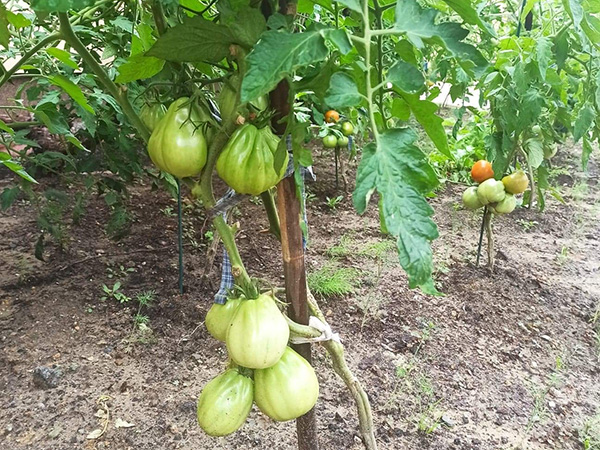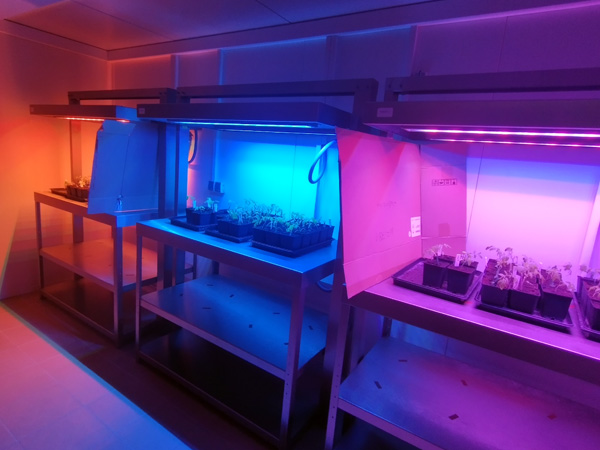Photochemical processes within vascular tissues and growth of tomato seedlings (Solanum lycopersicum L.)
Summary
Leaves are the crucial organs of most plants, specialized in the absorption of light energy (in the PhAR range – photosynthetically active radiation), necessary for the photosynthesis process, and thus for the development and functioning of the organism. Intensive absorption of light quanta, occurring mainly in mesophyll cells, is possible due to the presence of chloroplasts – organelles containing PSI and PSII photosystems equipped in chlorophyll. However, cells containing chloroplasts are also located in other plant tissues, e.g. in stem tissues within vascular tissues. In most plants, a relatively small number of stomata within the stems, several tissues surrounding cells equipped with chloroplasts and small air spaces inside these tissues significantly impede the diffusion of carbon dioxide (CO2), and consequently the course of photochemical processes and photosynthesis. So, the question is what is the cause and function of these tissues, justifying the energy costs associated with the presence of "green" cells within the stems. Vascular tissues are responsible for the transportation of water and photoassimilates but it was demonstrated in experiments on model plants that CO2, after binding in the form of malate, is transported through conductive bundles (xylem), and the products of photochemical transformations support the growth and development of not only local tissues but also, among others, root growth. These processes require energy input. Light conditions during plant growth and development can modulate the composition, function and structural organization of the thylakoid membrane network in chloroplasts. It is suggested that these dynamic changes depend on the reversible reorganization of some of the complexes responsible for the absorption of light quanta in the thylakoid network. However, little is known about the rearrangements taking place in the architecture of the thylakoid membrane network under the influence of light with a variable spectral composition and the impact of this process on the course of photochemical processes.
In the proposed experiments, two varieties of tomato (Solanum lycopersicum L.) will be used as research plants. Due to the rapid growth of these plants and their utility values, this material meets the conditions for use in the planned experimental works. It can be expected that the planned analyses will help determine whether and to what extent the restriction of light access to the green stems inhibits the growth of root system biomass. The hypothesis assumes that differences in the spectral composition of the light reaching the plant affect changes in the structure and organization of chloroplast thylakoids present in the stem cells and the course of photochemical and photosynthetic processes. We expect light quanta reaching stems to affect the growth and development of the root system and entire tomato plants. The research will include biometric analyses, microscopic observations of cross sections of stems, measurements of chlorophyll fluorescence and gas exchange and determination of the 13C isotope content in various plant organs, based on which it will be possible to indirectly estimate water use efficiency. We expect that the obtained results will enrich the current state of knowledge regarding the role of chloroplasts in cells located in regions other than the leaves of the plant, where access to light is limited. We will check whether light with a different spectral composition affects changes in the growth of root biomass, and thus the whole plant.

Tomatoes of the "Red Pear" variety growing in front of the building of the Laboratory of Ecochemistry and Environmental Engineering in Szarów.
Photo: Cecylia Barańska.

Growing tomatoes of the "Krakus" and "Red Pear" varieties in lighting conditions with different spectral composition in growth chambers; Laboratory of Ecochemistry and Environmental Engineering in Szarów.
Photo: Miron Gieniec.






